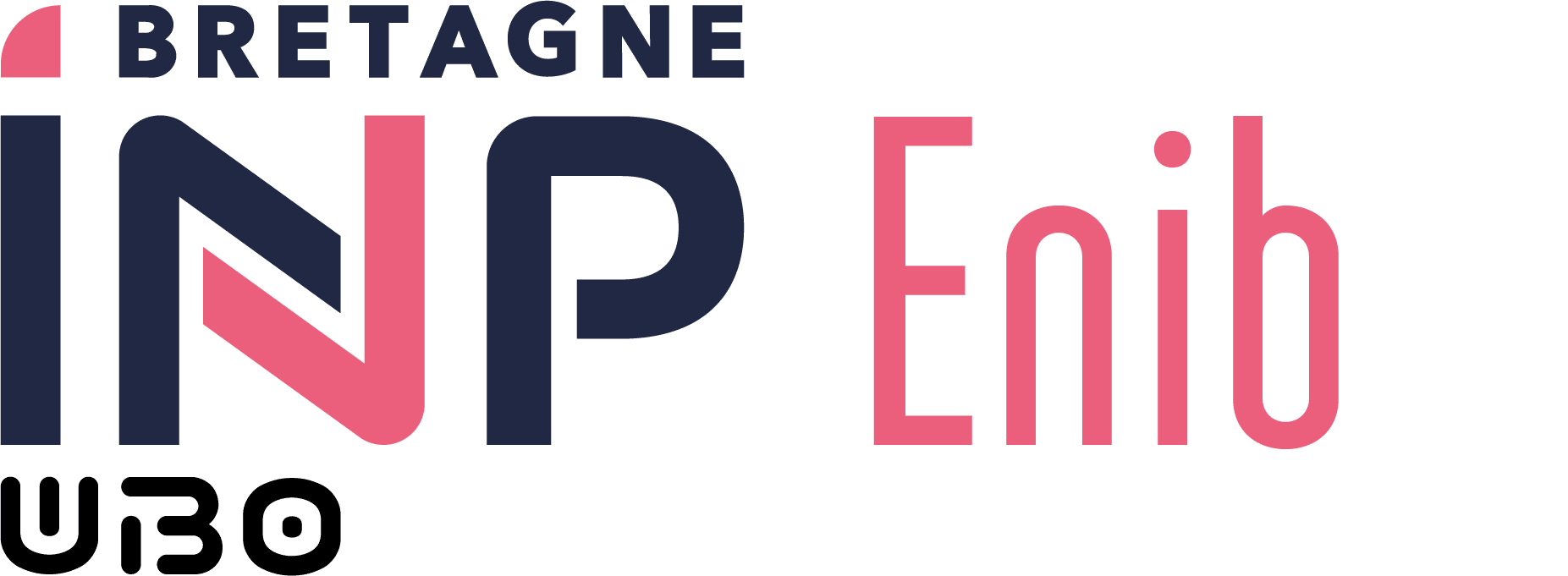Network and System Communication (07_X-CRS)
- Coefficient : 6
- Hourly Volume: 106.0h (including 72.0h supervised)
- CTD : 9h supervised
- Labo : 63h supervised (and 12h unsupervised)
- Out-of-schedule personal work : 22h
- Including project : 21h supervised and 7h unsupervised project
AATs Lists
Description
Understanding and implementing low-level mechanisms for information transfer between various computer processes and machines.
- Network Operation
- Addressing (MAC and IP)
- Routing
- Firewall (address translation and filtering)
- Operating System Communication
- Processes, address space, file descriptors
- Input/output redirection and overlays
- Network Communication
- UDP messages and TCP client/server architecture
- Implementation of HTTP, HTTPS, and WebSocket
- Physical Layer
- Signal, transmission, coding, modulation
- Copper, optical fiber, radio frequencies
- CAN Bus
- Specifications, sensor network and supervision
Learning Outcomes (AAv)
AAv1 [heures: 0]: By the end of this course, seventh-semester students will be able to understand basic network operation (addressing, routing, firewall).
AAv2 [heures: 0, D1, D2, D3, D4]: By the end of this course, seventh-semester students will be able to understand and implement low-level programming (without using third-party libraries that hide essentials) of communicating programs using TCP/IP model protocols (UDP and TCP clients and servers).
AAv3 [heures: 0, D1, D2, D3, D4]: By the end of this course, seventh-semester students will be able to understand and implement low-level programming (without using third-party libraries that hide essentials) of communicating programs using HTTP model protocols (HTTP, HTTPS, WebSocket clients and servers).
AAv4 [heures: 0]: By the end of this course, seventh-semester students will be able to understand the main properties of physical signal transmission in networks.
AAv5 [heures: 0, D1, D2, D3, D4]: By the end of this course, seventh-semester students will be able to implement and coordinate a sensor network around the CAN bus.
Assessment Methods
- An exercise sheet about basic network operation
- A practical programming test about TCP/IP
- A practical programming test about HTTP
- A mini-project monitoring grade about CAN bus
- A multiple-choice questionnaire about CAN bus
- An exercise sheet about network physical layer operation
Keywords
TCP/IP, system programming, physical layer, CAN bus
Prerequisites
- Programming and calculation concepts
